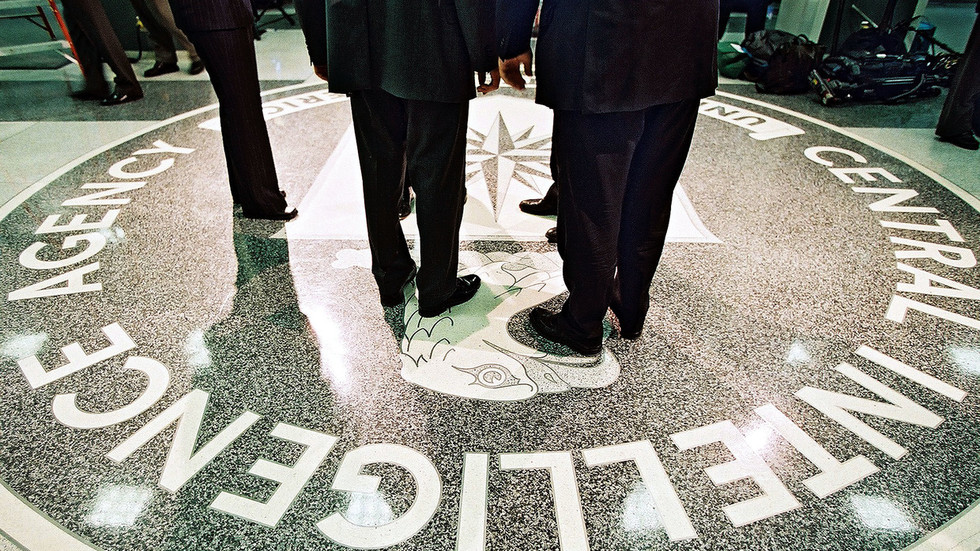According to polling from May 2023, the NHS remains Britain’s primary source of national pride. Of course, there are elements of our healthcare system that are exemplary. Yet as Dispatches’ damning new report proves, the system’s successes cannot – and should not – overshadow its failures. In fact, after watching Undercover A&E: NHS in Crisis, you may wonder whether it is more fitting to describe the NHS as a source of national shame.
Our guide is the reporter Robbie Boyd, who begins working as a trainee healthcare assistant in the A&E department of the Royal Shrewsbury hospital after just 10 days of training. Boyd often seems to be the only one trying to maintain standards. Via a concealed camera, we see him repeatedly intervene to protect patients, flagging up problems with hygiene, best practice and basic safety to more senior members of his team. Yet, for all his compassion and common sense, his contribution feels like the equivalent of trying to put out a forest fire with a tea towel. At one point, he is left alone in a makeshift corridor ward with a woman screaming and convulsing as she waits 20 minutes for a nurse to return with pain relief. Boyd is the sole provider of comfort and reassurance during that time. All he can say is: “I’m so sorry.”
This film isn’t an indictment of staff culture, however; it is abundantly clear that bigger structural problems are behind such inhumane conditions. Overwhelming bed occupancy on wards leads to an overcrowded A&E, which results in frighteningly unsafe corridor wards with no handwashing facilities, plus a department called “Fit 2 Sit”. The jollity of the text-speak title is the insulting cherry on top of this truly diabolical cake, where patients deemed capable of sitting – often barely – wait up to 40 hours to be seen. Even if you were entering in reasonable health, Fit 2 Sit could technically kill you, leaving you marooned on an uncomfortable chair in bright light, missing medication and receiving no food, cheek by jowl with people with infectious diseases. If seriously ill, you could consider it an active threat to your life (we learn that one in 72 people who spend too long waiting in A&E will die because of it).
Of course, this is just one hospital. The Royal Shrewsbury was chosen because of its known failures. The documentary doesn’t do much to clarify how representative it is of the wider problem – a response from NHS England describes the events as “not commonplace” – yet interspersed with Boyd’s footage are reactions from senior healthcare figures, who assure us this situation is not unique. In a statement, a spokesperson for the trust that runs the Royal Shrewsbury said: “We are very sorry that our patients have experienced anything less than the quality care we strive for, and we are determined, working with partners, to improve the care and experience for everyone.”
We are also presented with two cases from other areas that led to avoidable deaths: Tony Bundy, who was not assessed by a doctor for five hours after presenting at a Glasgow A&E with what his family suspected was a stroke; and 56-year-old Tracey Farndon, who died of sepsis in a Birmingham hospital. Her desperate partner was unable to flag down any staff to help, resorting to Googling the numbers on her monitor to try to save her.

These stories are devastating. Yet, while worst-case scenarios remain viscerally disturbing, everything else – the indignity, the dystopian waiting times – is becoming normalised in the public imagination. You are likely to be appalled by what you see in this documentary, but truly shaken? Probably not. As Prof Alf Collins of the Patients Association puts it, it is “almost becoming the standard of care that people expect”.
The stereotypical British response to crumbling infrastructure is eye-rolling, gloomy acceptance or – worse – a personal apology. Boyd’s low point is witnessing a man being forced to urinate in a bottle in a corridor, naked, in front of staff, other patients and visitors due to a lack of facilities. In a post-shift video diary, Boyd says patients generally “don’t want to be a bother. Everyone’s like: I’m being such a nuisance!” The sheer wrongness of it all drives him to tears.
Undercover A&E: NHS in Crisis explicitly frames itself as a “stark warning” to whoever wins next week’s election. As political propellant, it feels disingenuous – this situation is widely known by politicians – but as an attempt to ramp up panic among the public about how things could escalate, it is chillingly effective. At one point, a man immunosuppressed due to chemotherapy is left waiting next to potentially infectious patients as no side room is available. Watching the footage, Dr Adrian Boyle, the president of the Royal College of Emergency Medicine, worries that it will “discourage somebody who becomes ill from seeking care”. A healthcare system so dysfunctional that it scares off vulnerable patients? That is nothing to be proud of.
after newsletter promotion
.png)
 2 months ago
5
2 months ago
5









 English (US) ·
English (US) ·